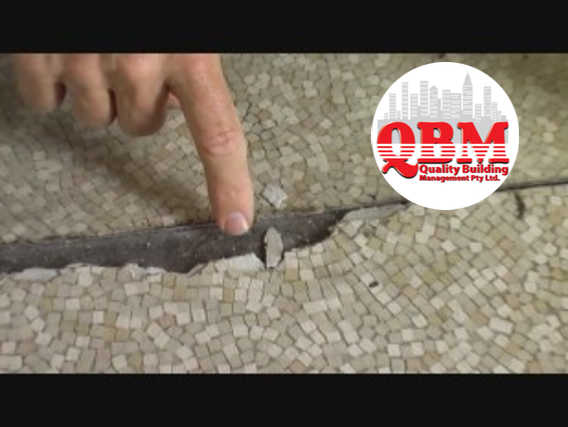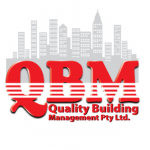Identification
Sampling and analysis of suspect material is the only way to verify the presence
of asbestos. It is important to sample all suspect material and have it analysed. Testing by a NATA accredited laboratory is the only legal manner to confirm asbestos. “Asbestos Guns” are NOT an approved method to identify asbestos.
Sampling
Samples should be taken of all suspect friable material. Whatever method is used, it is important that a 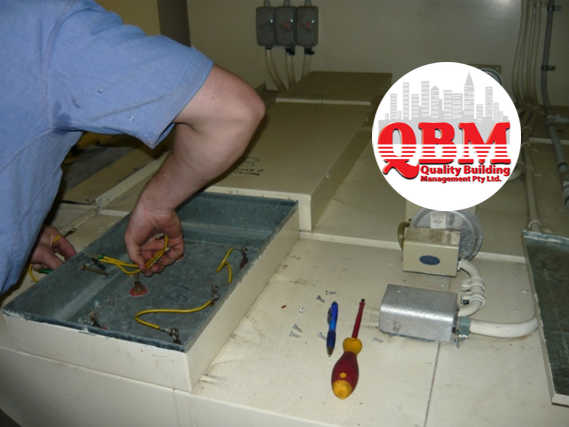 representative sample be taken. Any change in the appearance, texture or colour of the material will necessitate additional samples being taken. For multi-storey buildings, at least one sample should be taken per floor. Samples taken should be adequately labelled for follow-up action. For example, the name and location of the sampled material, date of sampling and a batch identification number should be recorded.
representative sample be taken. Any change in the appearance, texture or colour of the material will necessitate additional samples being taken. For multi-storey buildings, at least one sample should be taken per floor. Samples taken should be adequately labelled for follow-up action. For example, the name and location of the sampled material, date of sampling and a batch identification number should be recorded.
Analysis
Once obtained, the samples must be analysed. Three methods for identifying asbestos currently exist; Polarised 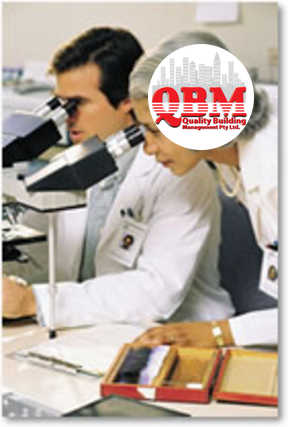 light microscopy (PLM), X-ray diffraction (XRD), and Electron Microscopy (EM). The PLM method is preferred.
light microscopy (PLM), X-ray diffraction (XRD), and Electron Microscopy (EM). The PLM method is preferred.
It is important that the analysis be performed by a competent laboratory to ensure accurate results. False results could lead to expensive abatement actions or allow an existing risk to remain.
- Sampling and analysis of the suspect material is the only acceptable method of identifying the presence or absence of asbestos, i.e. air monitoring to determine the presence of asbestos is not acceptable by itself. Suspect material should be treated as if it contains asbestos, until the results of the analysis are available.
Result Interpretation
Qualified and experienced professionals, in accordance with the quality management system, will interpret the survey and sample results. This process will include hazard identification, recommendations to eliminate or reduce safety hazard, and a complete management service for asbestos removal, upon your request.
The condition of the asbestos containing materials (ACMs), location and possible impact when disturbed are important details that are covered during the inspection. A qualitative risk assessment will be performed to study the priority measures that should be adopted after the necessary analytical tests are performed. This will give both the person in control and the assessor the necessary details to prepare the AMP and the Asbestos Register.
ASBESTOS MATERIALS REPORT AND REGISTER (AMRR)
What is an Asbestos Materials Report and Register (AMRR)?
An Asbestos Materials Report and Register (AMRR) is a document which contains details of the location, type and state of any asbestos containing materials (ACM) within the building or complex. The details for the AMRR are gathered from the results of an inspection of the property.
After the inspection of the property, a person nominated by the owner / manager (nominated person), (usually the Building Services Coordinator or Health and Safety Officer) will receive a copy of the AMRR.
Why have an AMRR?
It is legislation for persons with management or control of a workplace with buildings built prior to 2004 to have an AMRR. (Unless it can be proved that no asbestos is present, then this goes back to 1990. ONLY in Queensland)
An AMRR must also be developed prior to the sale of such building and given to the new owner/s.
The AMRR will assist the building owners to manage ACM in the building. It also ensures that occupants and maintenance staff are not exposed to any ACM.
Penalties?
There are penalties if owners do not abide by the WHS Legislation. These apply to those not obtaining an AMRR within the allotted time frame or when the building is sold.
The penalties can add up to millions of dollars.
Developing an AMRR
There are 6 steps taken to develop an AMRR.
- Communication
- Property Inspection
- Producing the AMRR
- Training
- Education
- Review
1. Communication
Communication with the property occupants is critical. QBM will liaise with the building manager to ensure the timing of the inspection meets the business’ requirements and minimises any inconvenience.
2. Property Inspection
The aim of the inspection is to identify all ACM within the property. The inspection will be undertaken by building professionals, trained and experienced in asbestos inspection.
Samples of any material taken during the inspection will be sealed with care, labelled and analysed by an accredited laboratory. The results of the analysis appear in the AMRR.
Updating the AMRR – The AMRR also advises of relative requirements and actions to be managed by the building owner/manager.
3. Producing the AMRR
Following the inspection, an AMRR will be produced by QBM using a specially developed computerised program. 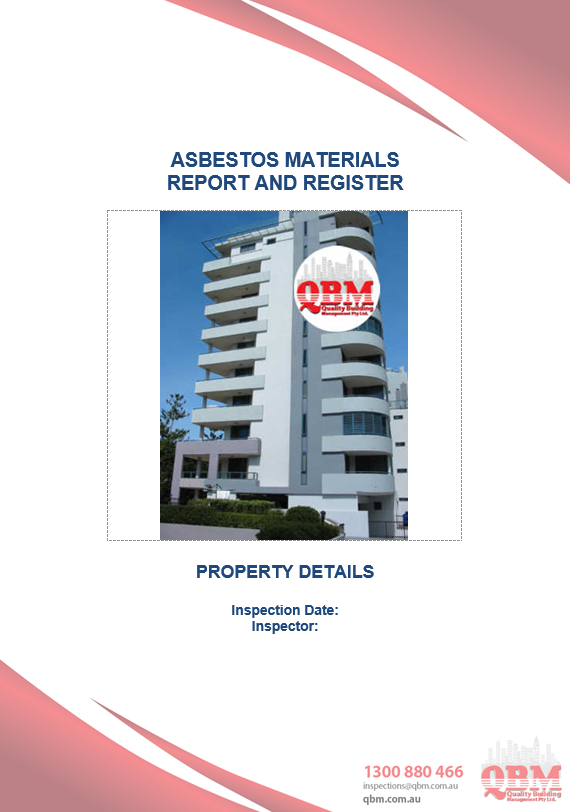 The AMRR will be produced specifically for the particular property, which may include one or many buildings.
The AMRR will be produced specifically for the particular property, which may include one or many buildings.
The AMRR:
- Records the location, type and state of any ACM found on site
- Gives a statement of the likely health risks if any
- Provides a method to control ACM in accordance with the Workplace Health and Safety Regulations
- Describes any required actions required to lessen and/or eliminate exposure to ACM
4. Training
QBM will train the nominated person in procedures for maintaining the AMRR in accordance with WH&S regulations. These procedures include:
- Signing in / signing out contractors entering sites containing ACM
- Drawing the contractor’s attention to the AMRR
- Ensuring contractors follow safe work practices when in contact with ACM
5. Education
The development of an AMRR ensures the WH&S regulations are followed and provide the opportunity to inform you about ACM on your property.
6. Review
The WH&S regulations call upon the property owner to update the AMRR upon any changes to the property, any storm or other damage, any removal work and at intervals recommended by the inspector. It is also a requirement that the condition of any ACM is re-assessed.
QBM will schedule such re-assessment in accordance with the legislative requirements in consultation with the property owner.
Costs?
The cost of producing an AMRR varies upon the size and complexity of the building/s. Also the number of samples taken for analysis will vary the price.

